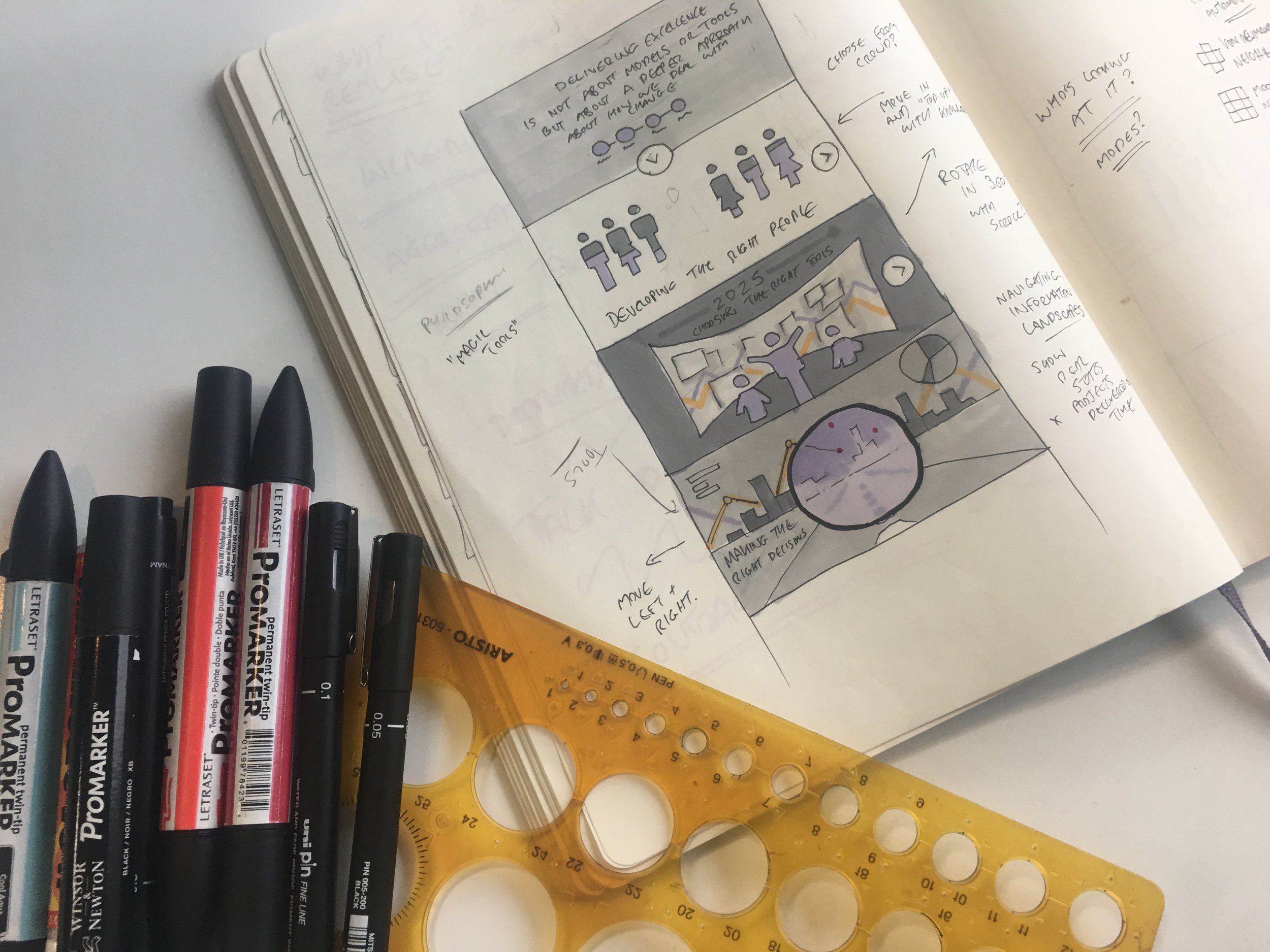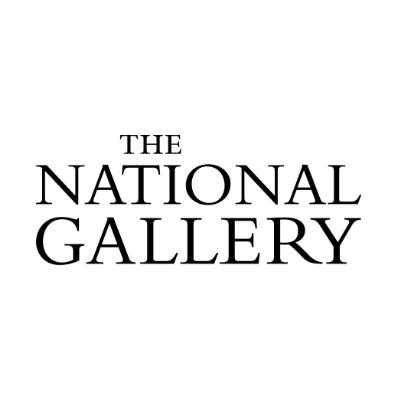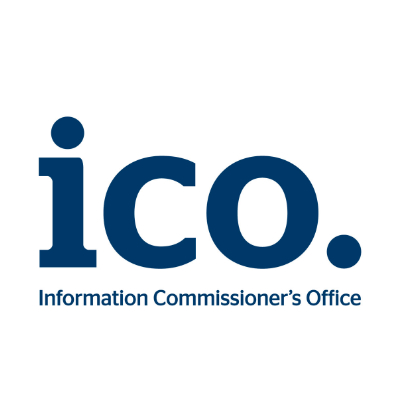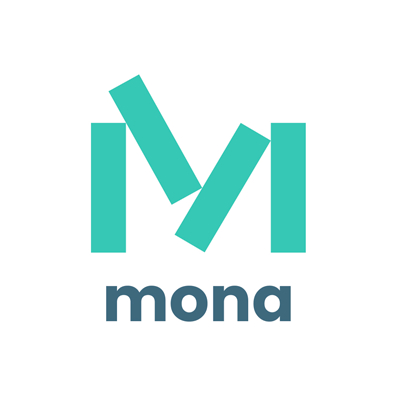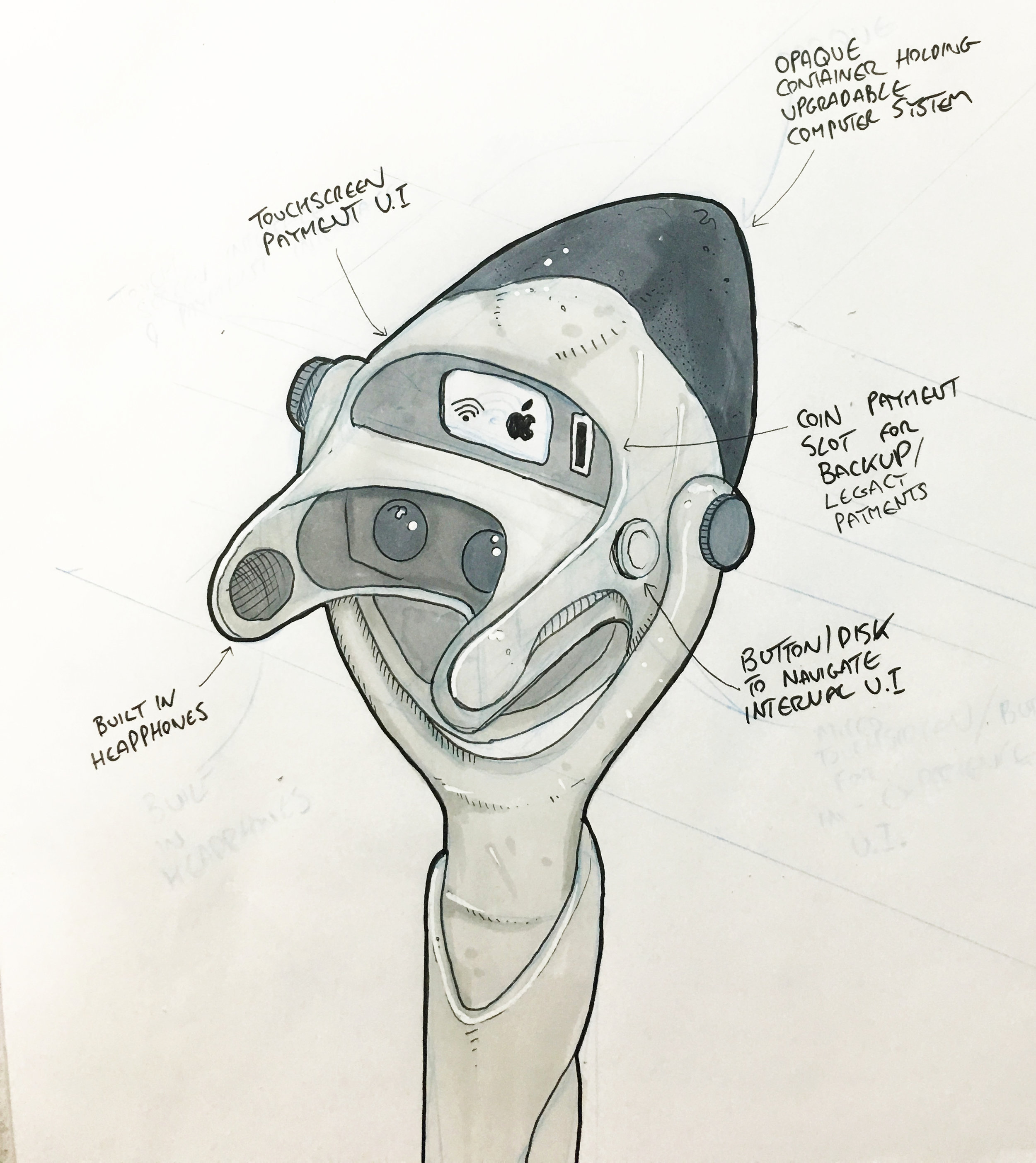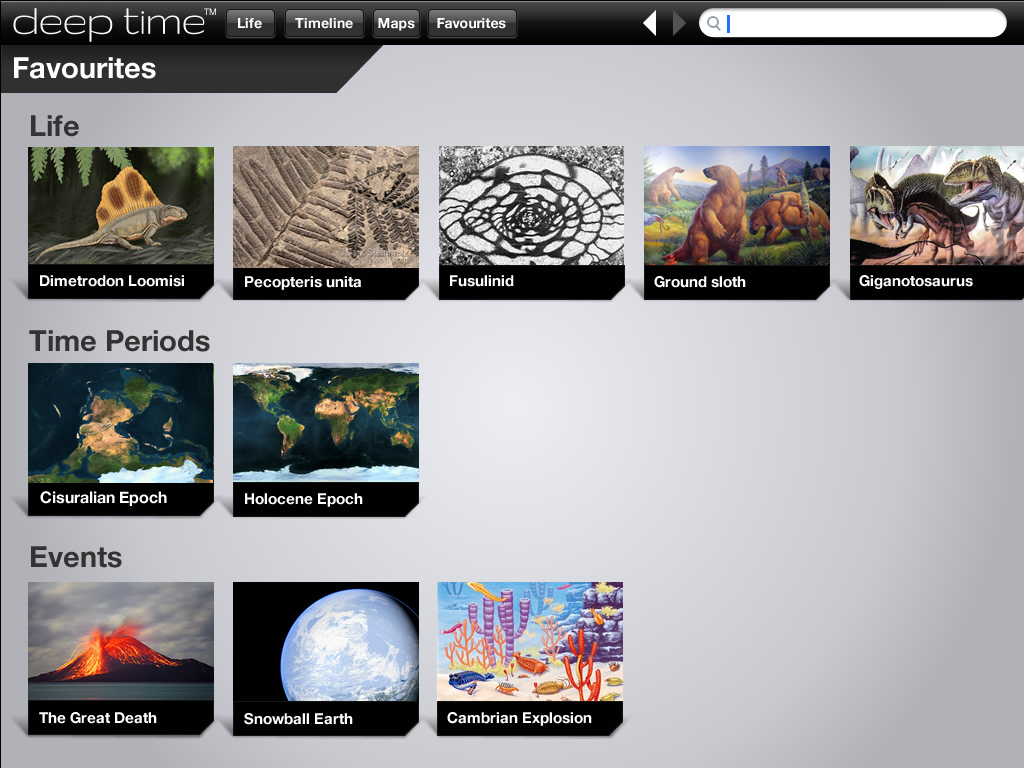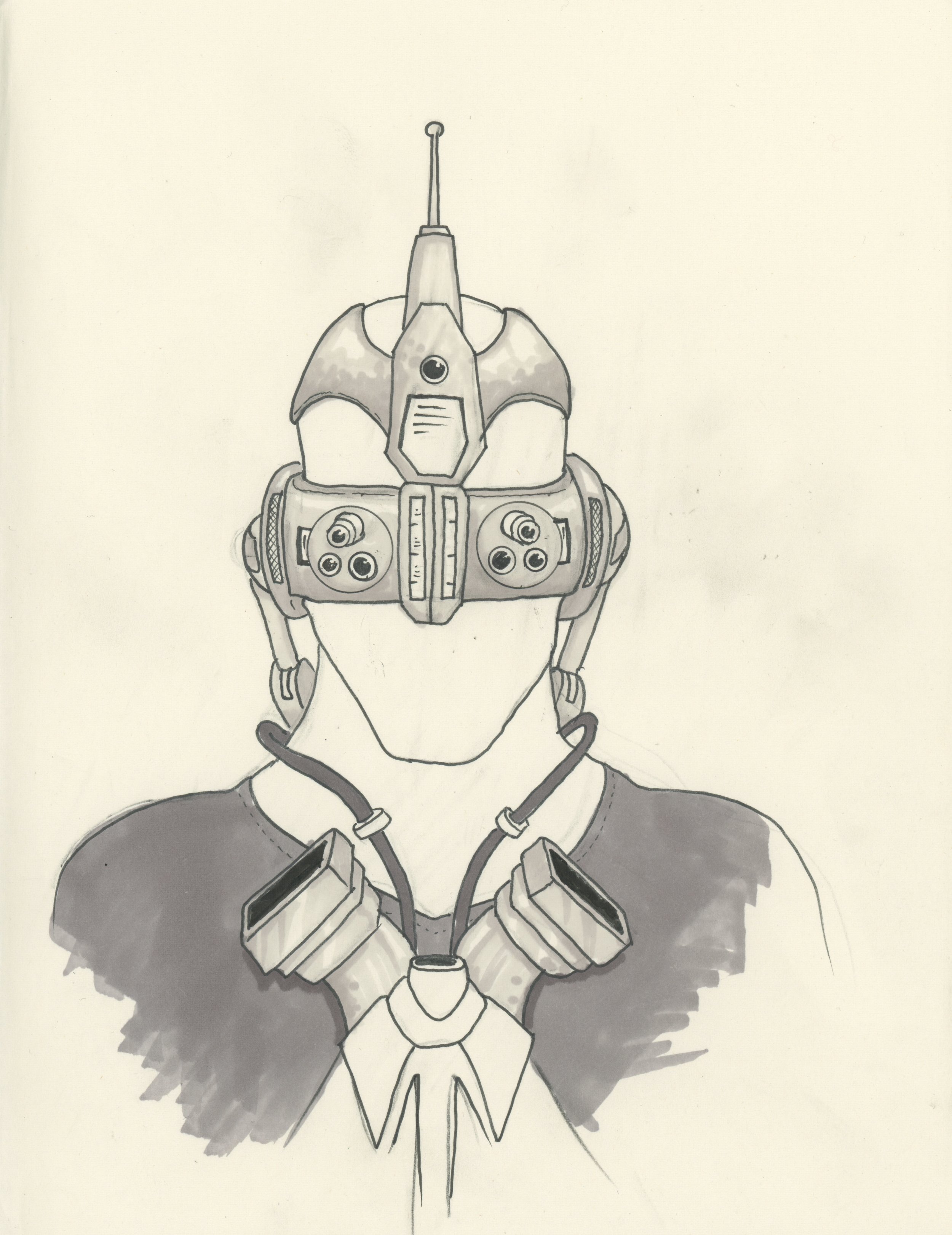The internet has unleashed a world of total change; a time of miraculous achievements and wonders, but also turbulence, confusion and discord. The story of my career over the past 23+ is in many ways years has been trying to find a place within this shape-shifting environment.
Over the decades I’ve designed and developed front-end frameworks, hand-coded intranets, and led international research projects. I’ve mapped journeys, crafted futuristic visions, and shaped tools and strategies. I’ve talked to hundreds of people frustrated and perplexed at the experiences we’ve tried to create.
Being an experience consultant offers us an almost holographic view on society, letting us see how technological change has impacted different people and industries across every strata of society. The amplifying complexities offer a constant flow of new challenges that requires experience to navigate, but also the courage to adapt, step into the unknown and explore new ways of approaching and solving problems. Technology enables marvels, but it can easily become dehumanising when people and societies are reduced to cells on a spreadsheet. Elevating the voice of the user to senior decisions makers is key in breaking through the unreality of data and dashboards.
Who I've Worked With
Attitude & Approach
-
The world is fast-moving and messy, and at the outset of projects, before deep-dive discovery has begun, we often find ourselves making consequential decisions in low-information situations. Meticulous over-planning at an early stage is unwise, as teams can become locked into trajectories that reveal themselves unsuitable to the still-evolving problem space. Artifacts such as service blueprints, personas or even prototypes should not be sold as deliverables, but one of many tools to help us solve business and user problems or provide insight. So long as we hit hard deadlines, provide value and stay within budgets, our approach should be fluid and adaptable.
-
I like to work with key stakeholders as if we are on the same team, with full transparency on what we are doing and what to expect. We should not behave as if there is a spin doctor between us rewording our every interaction. Larger clients, especially when they have worked with many other suppliers in the past, have heard it all before. If we are encountering difficulties or they need to be flagged early on, so we can change direction and get a good outcome. There are few grand reveals - unless it is to wider stakeholder groups - and lots of pacing up and down our war rooms bouncing about ideas. If nothing else, it is also a great bonding experience, and always leads to more insightful findings, satisfactory design outcomes and longer and more robust client relationships.
-
As somebody of creative persuasion, I think big ideas and dreaming are profoundly important to design and innovation. That said, hard evidence is also crucial to ground ideas in what people really want and to stop clients from squandering money on harebrained ideas. We should be cautious of railroading big ideas into full production without some form of research informing the strategy. Wherever possible, qual and quant should be woven together in a single story to support the design strategy. If nothing else, it can contribute to a business case that can win over hardball stakeholders.
-
Design is, in the scheme of things, a simple problem to solve. Much more vexing are tackling a legacy technical issue that lies with another team, poor communications between departments, or maverick stakeholders with a single-minded vision for a feature that nobody wants. Such systemic issues can be frustrating as they fall outside the remit you’ve been tasked to investigate and may be rooted in long-established corporate culture. Nevertheless, it is important to identify and map these problems even if a solution is beyond the scope of the immediate project. From an outside perspective these problems may be self-evident, but to those within the organisation, showing the connected nature of issues can be illuminating and become an opportunity to elevate the company’s UX maturity.
-
The nature of communication is changing. The organisational impulse to share weighty report documents crammed with data is not in line with how people are consuming and sharing media and can have little tangible impact on the broader orgaisation due to this comprehension bottleneck. (Indeed, the dense diagrams and impenetrable PowerPoints of the US State departments may have contributed to them losing the Afghan war.) This is why I am committed to communicating ideas and insights using whatever medium is most appropriate. For several years, I’ve experimented with increased usage of video as a way to deliver findings, amping up video highlights to something more akin to short documentaries. I also want to ensure the voice of the end user is heard by the senior stakeholders or C-level execs. I’ve also worked with clients such as Tesco, Starbucks and Visa to create explainer videos to share insights or product visions throughout the wider business.
